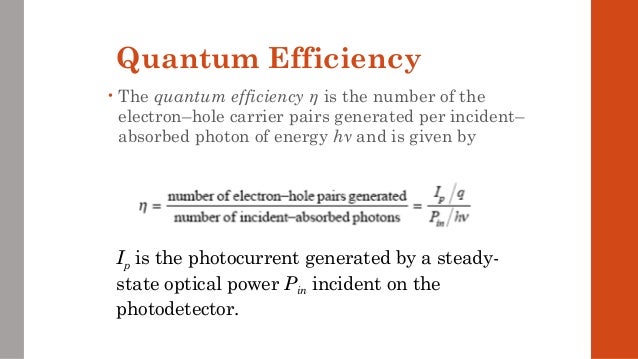

The inception and development of the “metamaterial” concept over the year introduced a revolution and got a great attention from the researchers. Recent advances in wireless communication systems demand more advanced or special type of electromagnetic materials for high-performance applications, and it opened up new dimensions in the electromagnetic field.

Hopefully, this survey will guide to increasing efforts towards the development of more compact, wideband, and high-efficient uniplanar EBG structures for performance enhancement of antenna and other microwave devices. Current challenges and limitations of the typical microstrip antennas and different EBG structures are discussed in details with some possible suggestions. The EBG structures are also successfully utilized in antenna arrays for reducing the mutual coupling between elements of the array.

For microstrip antennas, EBG structures are used in diversified ways, which of course found to be effective except in some cases. Considering the related fabrication complexities, implementation of vialess EBG is an attractive topic for microwave engineers. This paper provides a comprehensive review on various EBG structures such as three-, two-, and one-dimensional (3D, 2D, and 1D) EBG, mushroom and uniplanar EBG, and their successive advancement. Remarkable efforts have been undertaken for the development of EBG structures to be compatible with a wide range of wireless communication systems.

Issues such as compactness, wide bandwidth with low attenuation level, tunability, and suitability with planar circuitry all play an important role in the design of EBG structures. Since 1999, the EBG structures have been investigated for improving performances of numerous RF and microwave devices utilizing the surface wave suppression and the artificial magnetic conductor (AMC) properties of these special type metamaterial. Electromagnetic band gap (EBG) technology has become a significant breakthrough in the radio frequency (RF) and microwave applications due to their unique band gap characteristics at certain frequency ranges.


 0 kommentar(er)
0 kommentar(er)
